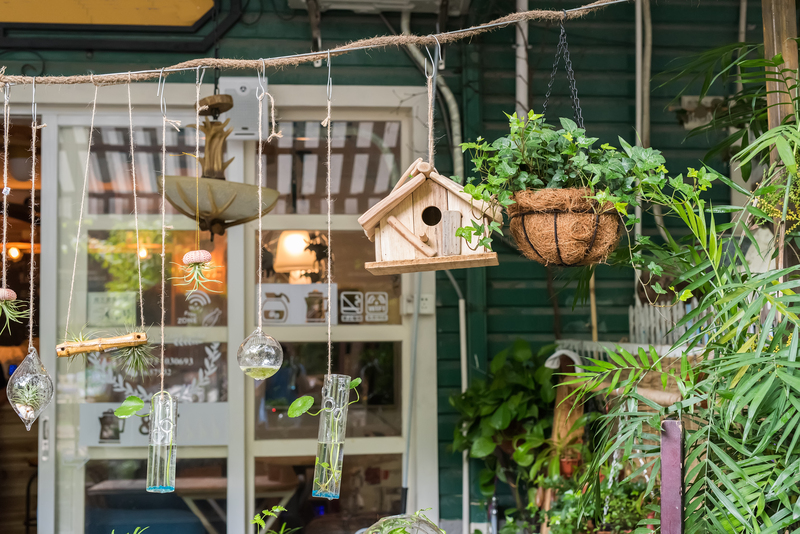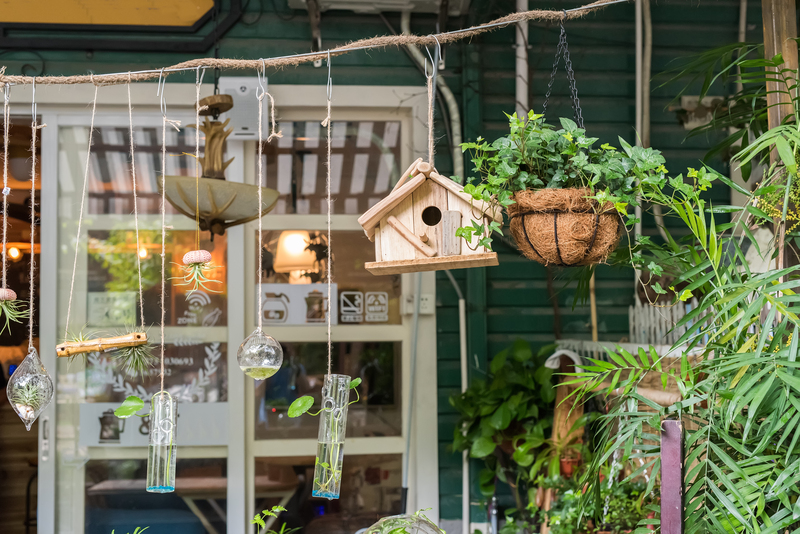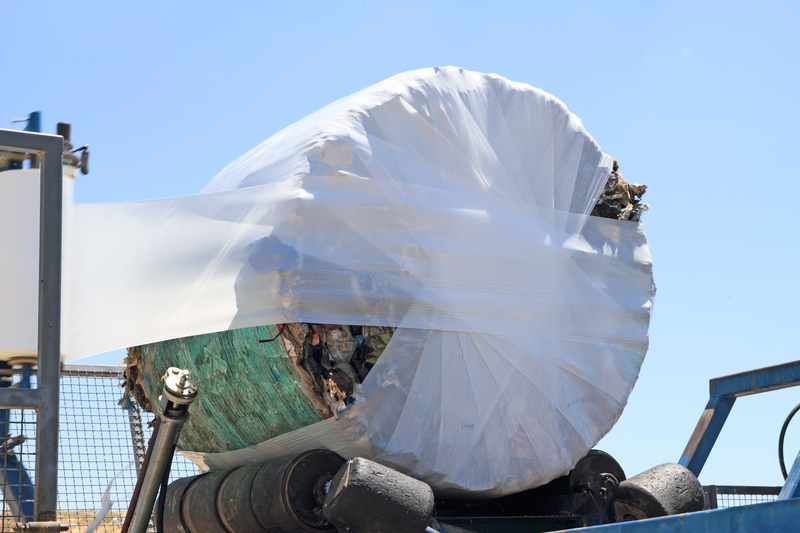Discovering Flat Clearance Temples: A Comprehensive Guide
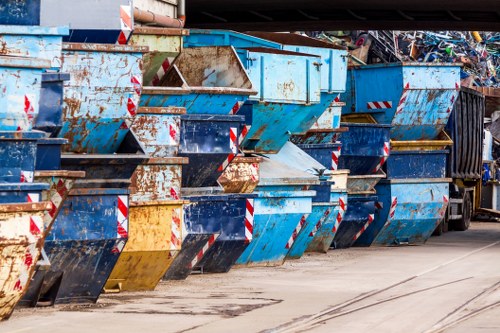
The concept of Flat Clearance Temple has been gaining significant attention in recent years. These unique structures blend traditional architectural elements with modern urban needs, creating spaces that are both functional and aesthetically pleasing. Flat Clearance Temples are not just places of worship but also community hubs that foster social interaction and cultural preservation.
Located primarily in urban centers, Flat Clearance Temples are designed to maximize space efficiency. By utilizing multi-story designs, these temples can accommodate a larger number of devotees while maintaining a serene environment. The architectural ingenuity behind these structures ensures that they remain sanctuaries amidst the hustle and bustle of city life.
One of the standout features of Flat Clearance Temples is their emphasis on sustainability. Incorporating eco-friendly materials and energy-efficient systems, these temples minimize their environmental footprint. Solar panels, rainwater harvesting, and green roofing are common elements, reflecting a commitment to preserving nature.

The interior design of Flat Clearance Temples is thoughtfully curated to enhance the spiritual experience. Spacious prayer halls, meditation rooms, and community centers are seamlessly integrated into the design. The use of natural light and open spaces contributes to a peaceful ambiance, making these temples ideal for reflection and worship.
In addition to their religious functions, Flat Clearance Temples often host various cultural and educational programs. Workshops, seminars, and cultural events are regularly held, promoting community engagement and lifelong learning. These activities help in preserving traditional practices while encouraging contemporary discourse.
The strategic location of Flat Clearance Temples in urban areas makes them easily accessible to a diverse population. Proximity to public transportation and essential amenities ensures that devotees can visit the temple conveniently. This accessibility plays a crucial role in fostering a sense of belonging and community.
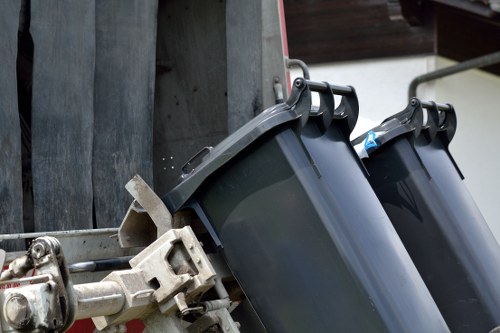
Architecturally, Flat Clearance Temples often incorporate elements from various styles, creating a harmonious blend of old and new. Traditional motifs are preserved in carvings and artworks, while modern materials ensure durability and functionality. This fusion of styles not only honors heritage but also appeals to contemporary tastes.
The management of Flat Clearance Temples is typically carried out by dedicated committees that oversee daily operations and long-term planning. These committees ensure that the temple remains a well-maintained and spiritually enriching environment. Volunteer programs and community involvement are encouraged, fostering a collective responsibility towards the temple's upkeep.
Security is another important aspect of Flat Clearance Temples. Advanced security systems, including surveillance cameras and access control measures, are implemented to ensure the safety of all visitors. Despite the modern security features, the temple maintains an open and welcoming atmosphere.

The role of Flat Clearance Temples extends beyond religious activities. They serve as community centers where individuals can seek support, participate in social services, and engage in charitable activities. This multifaceted role enhances the temple's significance in the community.
Moreover, Flat Clearance Temples often collaborate with other religious and cultural institutions. These partnerships promote interfaith dialogue and mutual understanding, contributing to social harmony. Joint events and initiatives underscore the temple's commitment to fostering inclusive communities.
Technology plays a pivotal role in the operations of Flat Clearance Temples. From online prayer services to virtual community meetings, technology bridges gaps and extends the temple's reach. This integration ensures that the temple remains relevant and accessible in the digital age.

In conclusion, Flat Clearance Temples represent a modern evolution of traditional places of worship. By combining architectural innovation, sustainability, and community engagement, these temples offer a unique space for spiritual growth and social interaction. As urbanization continues, Flat Clearance Temples are poised to become integral parts of city landscapes, embodying the harmonious blend of tradition and modernity.
